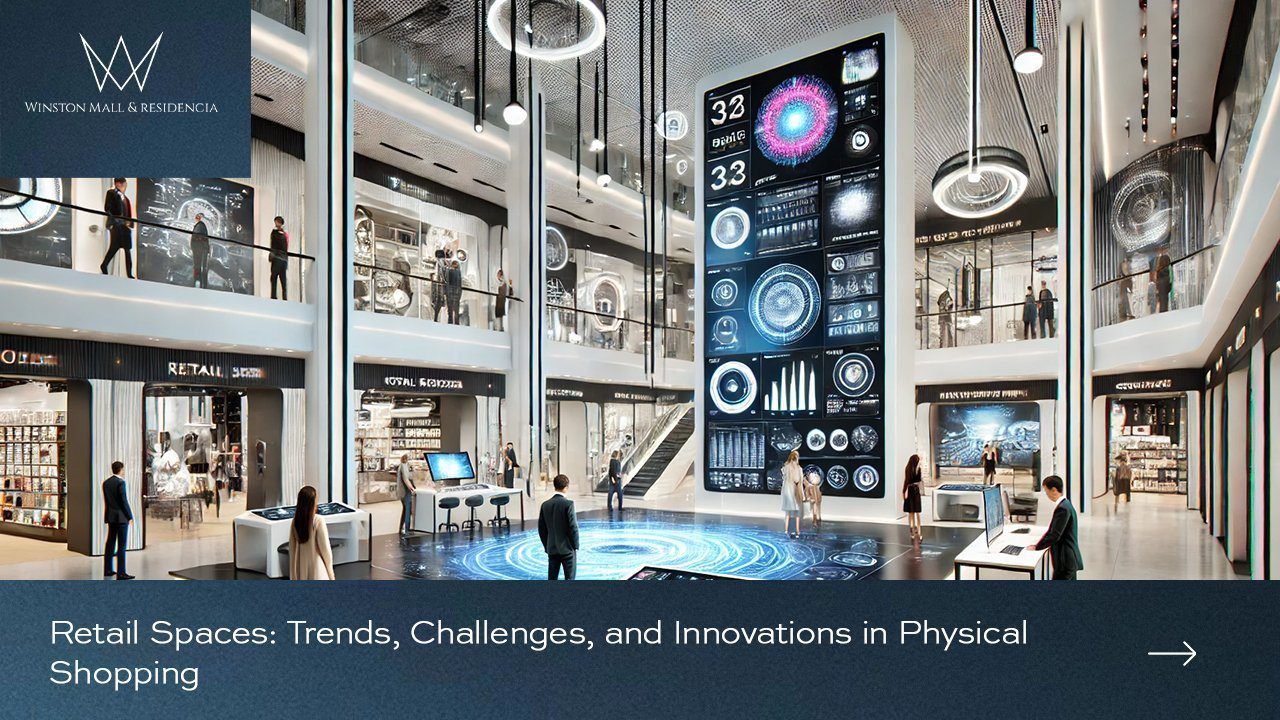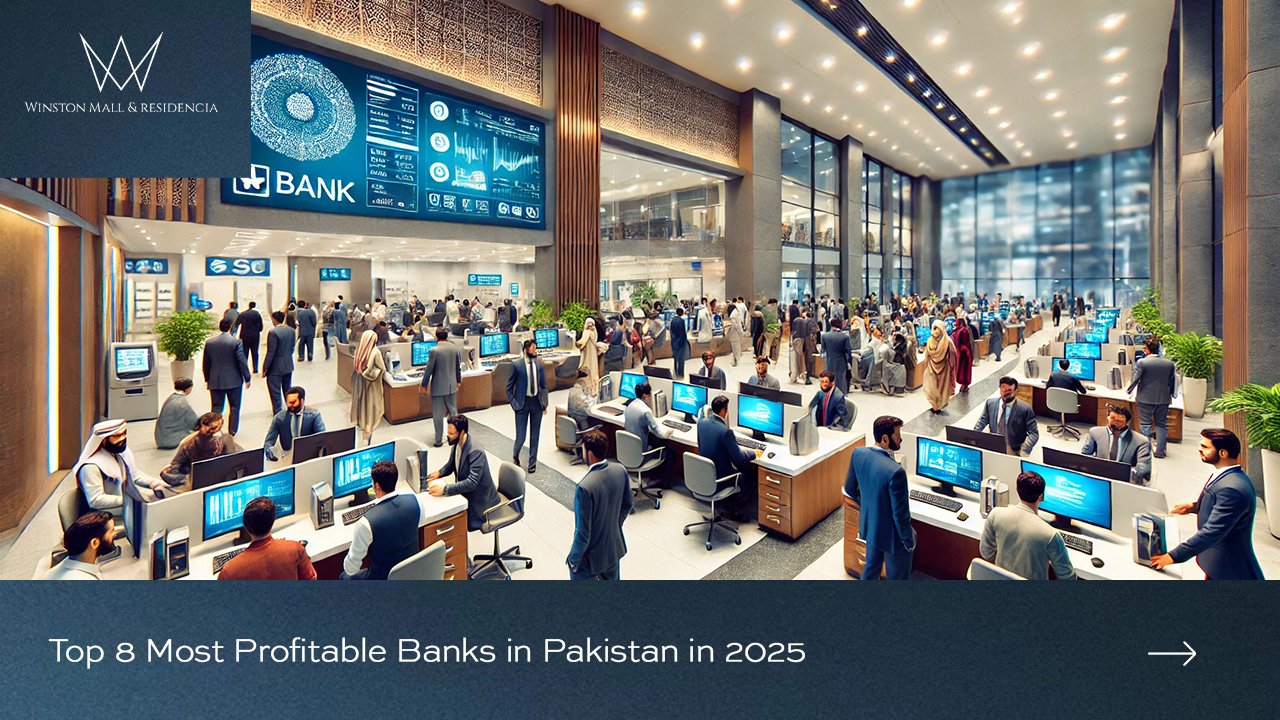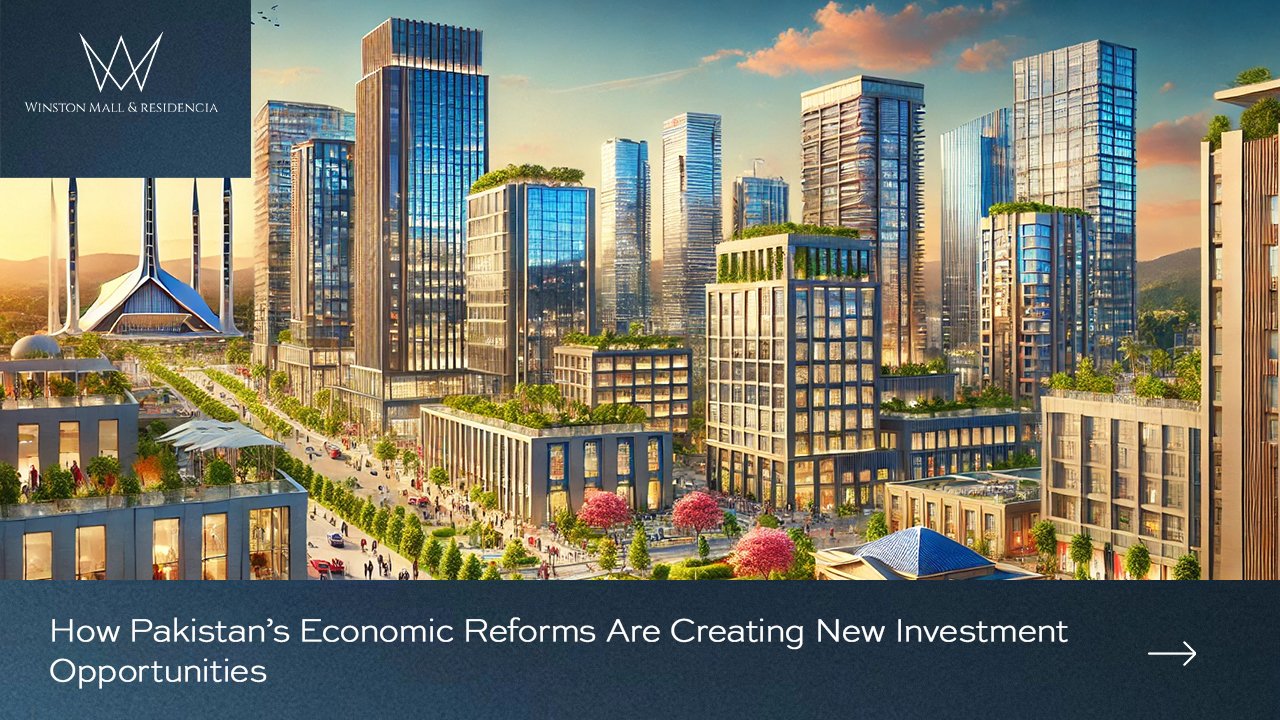A retail space is a physical location where businesses sell their products or services directly to consumers. They could be small independent boutiques, large multi-level departmental stores, and anything in between. The purpose of a retail space is to offer comfort and enjoyment when shopping for customers while at the same time maximizing sales and profitability for the business.
The retail space concept has gone through tremendous evolution over the past years. Because of e-commerce, traditional brick-and-mortar stores needed to adapt to new consumer preferences and behaviors. Retail spaces today have been transformed into destinations that provide unique experiences and build brand loyalty, fostering a sense of community among customers.
Table of Contents
ToggleTypes of Retail Spaces
Brick-and-Mortar Stores
Brick-and-mortar stores are the most traditional form of retail space. Brick-and-mortar stores are the traditional physical shops where customers walk in, see products, and purchase them. Brick-and-mortar stores may be independent structures or part of a large shopping complex. It provides the convenience of seeing, touching, and testing products before purchasing, thereby leading to increased customer satisfaction and fewer returns.
Pop-Up Shops
Pop-up shops are temporary retail spaces that “pop up” for a limited time across different locations. Brands often use them to generate buzz and try out new markets or push seasonal products. One might find pop-up shops in abandoned storefronts, shopping malls, or even outdoor venues. Most businesses find this to be a low-cost way of expanding their reach through new customers without the financially burdensome commitments that come with a traditional retail lease.
Shopping Malls
Shopping malls are big retail complexes, which contain various stores, restaurants, and entertainment options all in one place. They are constructed to provide customers with a one-stop shopping experience, offering an array of products and services within a convenient location. Most shopping malls feature anchor stores, large, well-known retailers that bring customers to the mall.
Department Stores
Department stores are large retail structures that sell different types of merchandise under various categories, such as clothing, electronics, home furnishings, and cosmetics. These department stores are always characterized by vast selections of goods and usually comprise multiple floors equipped with escalators or elevators for easy access. Department stores are one of the favorite places to shop where shoppers can come to find great variety and convenience.
Outlet Stores
Outlet stores are retail stores that sell discounted products, often from famous brands. These are usually located in outlet malls, which are shopping centers specifically designed for outlet retailers. The main advantage of outlet stores is that they provide customers with the chance to buy high-quality products at lower prices, making them a favorite among bargain hunters.
Concept Stores
Concept stores are retail spaces that aim to create a unique and immersive shopping experience. These stores usually feature innovative design elements, curated product selections, and interactive displays. Concept stores are designed to reflect the brand’s identity and values, providing customers with a deeper connection to the brand. They are usually used by luxury brands or niche retailers to differentiate themselves from others.
Design Principles of Retail Spaces
Layout and Flow
The layout and flow of a retail space are of paramount importance to the positive experience of shopping. A well-designed layout will help customers navigate easily around the store, find the products they seek, and easily move through the space without the feeling of crowding or overwhelming. Important factors include the positioning of aisles, product displays, and checkout counters, and the overall flow of traffic.
Lighting and Ambiance
Lighting is so crucial in setting the mood and ambiance of a retail space. Proper lighting can highlight products, create a welcoming atmosphere, and influence customer behavior. Examples of appropriate lighting are when bright and focused lighting brings attention to certain products while softer, ambient lighting creates a relaxed and comfortable environment. What will be used in a store depends upon the brand’s identity and the kind of customer experience desired.
Visual Merchandising
Visual merchandising is the art of arranging products and displays in a way that attracts customers and encourages them to make purchases. Effective visual merchandising involves creating eye-catching displays, using color and texture to create visual interest, and strategically placing products to maximize visibility. Visual merchandising also includes the use of signage, graphics, and props to communicate product information and brand messaging.
Technology Integration
Retail spaces increasingly are being connected with technology, thereby making it possible to add an enhanced customer experience. Among these are the digital signage and interactive kiosk for customers who may need the product information or the promotion as well as customized recommendations. Many retailers also introduce augmented reality (AR) and virtual reality (VR) technologies in creating unique experiences for shopping. On operations, technology helps make it run smoothly by offering self-checkout systems or even inventory management software.
The Role of Retail Spaces in Customer Experience
Creating a Welcoming Atmosphere
A welcoming atmosphere that attracts and holds customers is all about making an environment clean and organized and adding a pleasant sense of aestheticism to the look and feel to make the customers feel comfortable. Friendly staff and pleasant music coupled with comfortable sitting arrangements are always a positive feeling for shopping experience. The use of scents and temperature factors in the sense of space creation is also equally important for any retailer.
Enhancing Brand Identity
Retail spaces are an extension of a brand’s identity and values. The design, layout, and overall aesthetic of a retail space should reflect the brand’s personality and resonate with its target audience. For example, a luxury brand may opt for a sleek, minimalist design with high-end materials, while a trendy, youth-oriented brand may choose a more vibrant and eclectic style. Consistency in branding across all touchpoints, including the retail space, helps to reinforce brand recognition and loyalty.
Facilitating Customer Engagement
Building lasting relationships and thus repeat business is related to customer engagement. Interactive experience, including product demonstrations, workshops, or events, within the retail space is the platform for such engagements. Personalized service, such as one-on-one consultation or tailored recommendations, can promote customer engagement. In addition to the above means, retailers can maintain the relationship through technology deployment, such as loyalty programs or mobile apps, that keep them in touch with customers and provide them with relevant offers and information.
The Evolution of Retail Spaces
From Traditional to Experiential Retail
The retail industry today has transitioned from merely being transactional towards the experience business. Experiential retail is designed and developed with in-store environments beyond just a physical product to include experiences, exciting, and something that could be achieved nowhere online. Such will include an engaging display or the holding of some in-store event or an even more immersive story environment. Thus, it stands to attract youth consumers, especially because it centers on the belief that young generations prefer experiences as opposed to things.
The Impact of E-Commerce
With e-commerce on the rise, brick-and-mortar retail spaces are experiencing a lot of disruption. Online shopping makes it so convenient for the customers that many people have shifted their purchasing behavior to online, reducing foot traffic into brick-and-mortar stores. Retailers were forced to re-strategize and find a way to bridge the gap between online and offline channels. That is how the concept of omnichannel retailing emerged: customers can shift seamlessly between online and in-store shopping.
The Rise of Omnichannel Retail
Omnichannel retail is a channel integration strategy involving online, mobile, and in-store channels through which to deliver a cohesive and well-coordinated experience. The retail space is an integral part of this with its physical touchpoint where a customer can gain experience of interacting with the brand through trial, see, and touch-and-feel, as well as personalized service. In addition, omnichannel retail utilizes technology such as click and collect services or in-store pickup to bridge the gap between online and offline channels.
Challenges Facing Retail Spaces
Competition from Online Retailers
Competition from online retailers has been one of the largest challenges retail spaces are facing. As Amazon transformed the way the consumer shops, with a vast selection of products and competitive prices available for home delivery, traditional retailers will only survive by operating on different grounds such as unique products, quality customer service, and memorable in-store experience.
Changing Consumer Behavior
Consumer behavior is constantly evolving, driven by factors such as technology, social trends, and economic conditions. Retailers must stay attuned to these changes and adapt their strategies accordingly. For example, the growing demand for sustainability has led many retailers to adopt eco-friendly practices and offer sustainable products. Similarly, the rise of social media has influenced how consumers discover and engage with brands, requiring retailers to have a strong online presence.
High Operational Costs
Operating a retail space can be expensive, with costs such as rent, utilities, and staffing adding up quickly. In addition, retailers must invest in inventory, marketing, and technology to stay competitive. These high operational costs can be a significant burden, especially for small businesses or those with thin profit margins. To mitigate these costs, retailers must find ways to optimize their operations, such as by reducing waste, improving efficiency, and leveraging technology.
Future Trends in Retail Spaces
Sustainability in Retail Design
Sustainability is becoming a key consideration in retail design, as consumers increasingly prioritize eco-friendly practices. Retailers are adopting sustainable materials, energy-efficient lighting, and waste reduction strategies to minimize their environmental impact. Some retailers are also incorporating green spaces, such as living walls or rooftop gardens, into their designs to create a more natural and inviting atmosphere. Sustainability not only benefits the environment but also enhances the brand’s reputation and appeals to environmentally conscious consumers.
Personalization and Customization
Personalization is a growing trend in retail, as consumers seek products and experiences that are tailored to their individual preferences. Retail spaces can offer personalized experiences through the use of data analytics, customer profiles, and targeted marketing. For example, retailers can use customer data to recommend products, offer personalized discounts, or create customized shopping experiences. Customization is also becoming more popular, with retailers offering made-to-order products or allowing customers to design their own items.
Integration of Augmented Reality (AR) and Virtual Reality (VR)
Augmented reality (AR) and virtual reality (VR) are transforming the way consumers interact with retail spaces. AR allows customers to visualize products in their own environment, such as trying on virtual clothing or seeing how furniture would look in their home. VR, on the other hand, can create immersive shopping experiences, such as virtual showrooms or interactive brand stories. These technologies not only enhance the shopping experience but also provide retailers with valuable insights into customer preferences and behavior.
Conclusion
Retail spaces are more than just places to buy products; they are dynamic environments that shape the way consumers interact with brands. From traditional brick-and-mortar stores to innovative concept stores, retail spaces play a crucial role in creating memorable shopping experiences and fostering brand loyalty. As the retail landscape continues to evolve, retailers must adapt to changing consumer preferences, embrace new technologies, and find ways to differentiate themselves in a competitive market. By focusing on design, customer experience, and sustainability, retailers can create retail spaces that not only attract customers but also inspire them to return time and time again.
In the future, we can expect to see even more innovation in retail spaces, with a greater emphasis on personalization, technology integration, and sustainability. As retailers continue to experiment with new concepts and strategies, the possibilities for retail spaces are endless. Whether it’s through immersive experiences, eco-friendly designs, or cutting-edge technology, the future of retail spaces is bright, and the opportunities for growth and innovation are limitless.




